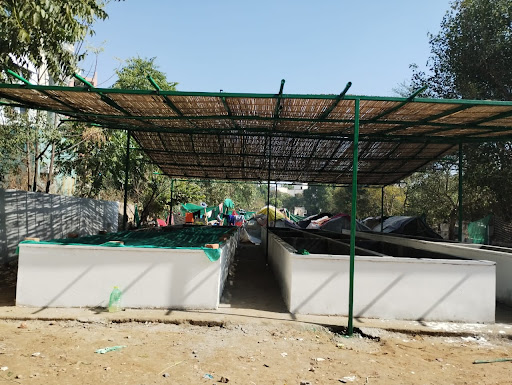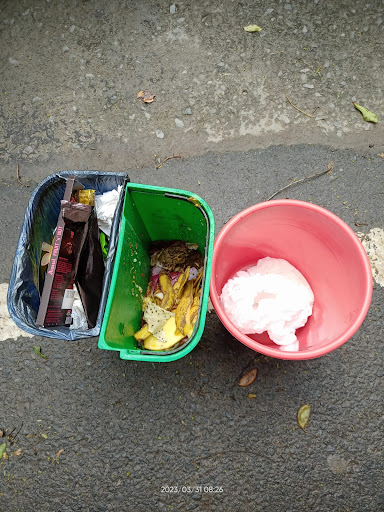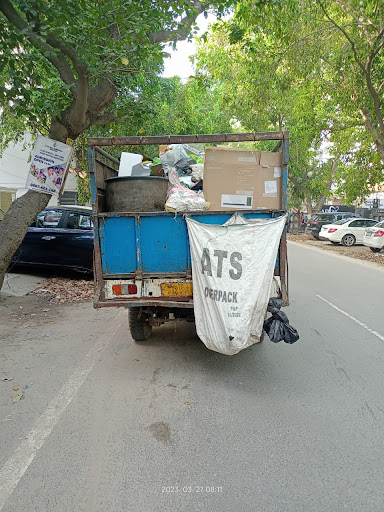
Gurugram, the millennium city, is the biggest revenue generator in the state of Haryana and contributes 65% to the state’s income tax collection, a success attributed to its large upper middle class population deployed in the IT sector. It has seen rapid growth largely through migration, it has a population density of 1241 inhabitants per sq km – more than 3 times the national average. As per the last census in 2011, the population of Gurugram grew at a monstrous 79.93%! The city also boasts of a high literacy rate of 84.4%; thus, all the socio-economic dynamics going in favour of urban housing development, which has grown exponentially, both horizontally and vertically. However, despite the demographic advantage, the city has not fared that well in its Swachhta rankings (an assessment of Indian cities based on cleanliness) – where it is lagging behind the neighbouring Delhi and Noida. The key gaps for the Municipal Corporation of Gurugram (MCG) to work upon are source segregation, waste collection coverage and legacy waste management.


Observations from “Alag Karo” an initiative started in 2017 to promote source segregation in residential colonies of Gurugram, implemented by Saahas, with the support of Coke, GIZ and Tetra Pak indicate that there is a stark difference in the compliance between gated (i.e. multi-storeyed apartment complexes with secured boundaries) and non-gated (i.e independent plots with typically no physical boundary). While the onboarding of Resident Welfare Associations (RWA) is critical for the success of any such activity, gated communities have some inherent advantages that work in their favour such as:
1. Regulatory Mechanism: All gated communities due to their shared spaces and assets, are governed under Haryana Apartment Ownership Act, that states that completed projects must be handed over to RWAs, who are authorised to provide services and charge a maintenance fee. However, non gated/open layouts that are governed under Haryana Development and Regulation of Urban Areas Act, where maintenance and upkeep are provided by civic authorities and even if RWA provides value added services, residents are not obligated to pay for it. This limits the RWA in undertaking any cost-centric projects such as in-house composting, which in turn discourages residents in their waste segregation journey. Apart from that, unlike residents of the gated communities who are mandated to use the services provided by RWA, residents in open layouts are under no such obligation, which further deters their RWA to undertake any community interventions.
2. No. of Houses per RWA: The number of households covered by any RWA in a typical gated set-up is low as compared to open layouts, making any behaviour change exercise such as source segregation, more complicated and time consuming, leading to poor segregation of waste at the household level. Saahas team is handholding 52 gated RWAs that have in all 19,142 houses - averaging 368 per RWA; and 4 RWAs in open layouts servicing 12,406 houses - which averages 3,102 per RWA.
3. Layout and Serviceability: The open layouts are spread out and the total area under consideration is much larger than high rise communities. This large area with no access control makes them less serviceable, and difficult to monitor and some residents also resort to open waste dumping in vacant plots and common green areas. Monitoring in gated ones, which are mostly high rise buildings, is relatively easier, and residents are constantly under the watch due to high density which acts as a strong deterrent so compliance is naturally better.
4. Sense of Ownership: Residents of gated communities are more well knit and there is a greater sense of community ownership and belongingness. They also have people of similar demographic profile, whereas open layouts allow mixed use of plots (commercial or residential). This not only creates more points of waste generation with dissimilar waste profile; it also reduces the sense of ownership in residents who are less motivated to take up community waste management initiatives.
Needless to say, despite these factors, not all gated communities in Gurgaon are championing waste segregation and neither all open layouts show apathy to the cause of environment and sustainability. The collective effort of eco-conscious resident volunteers and RWA, willing to look beyond the odds, have managed to establish in-house scientific waste disposal infrastructure in a few non-gated communities as well.
